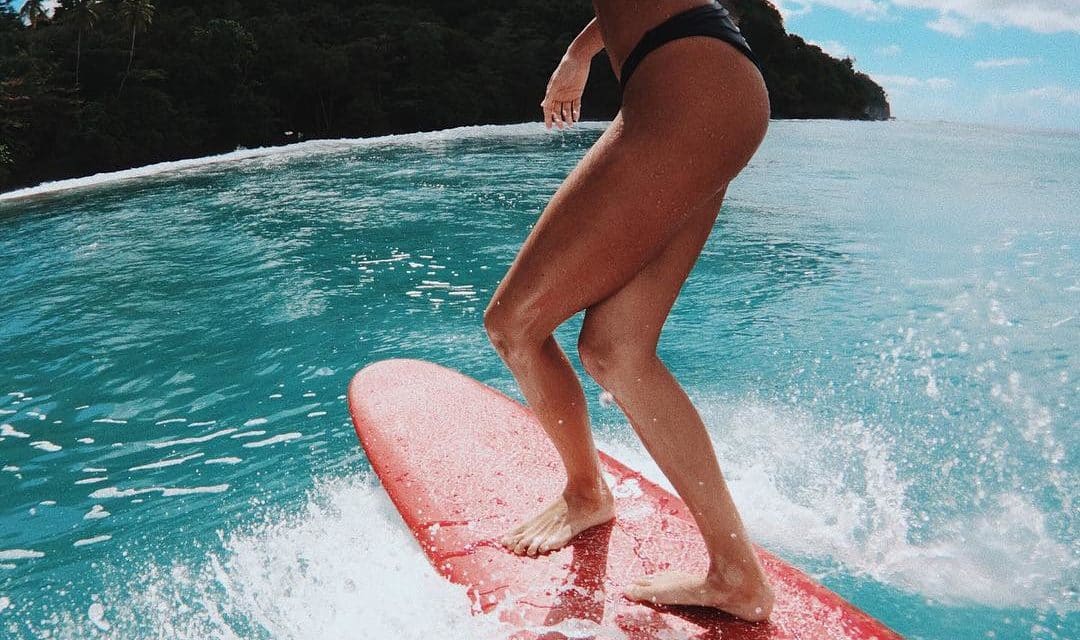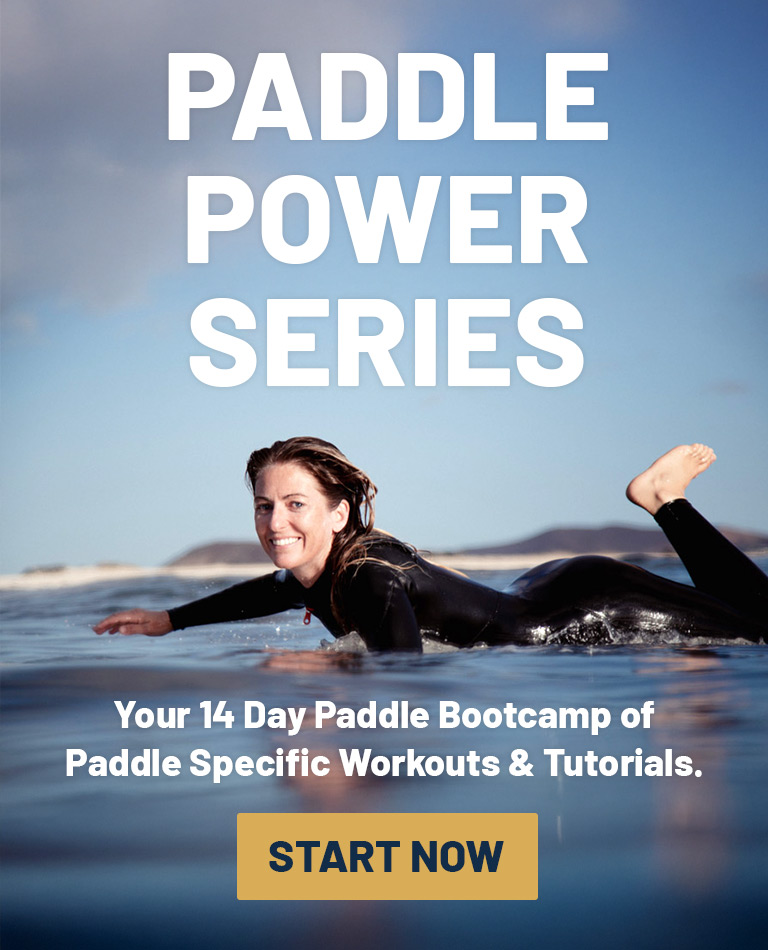
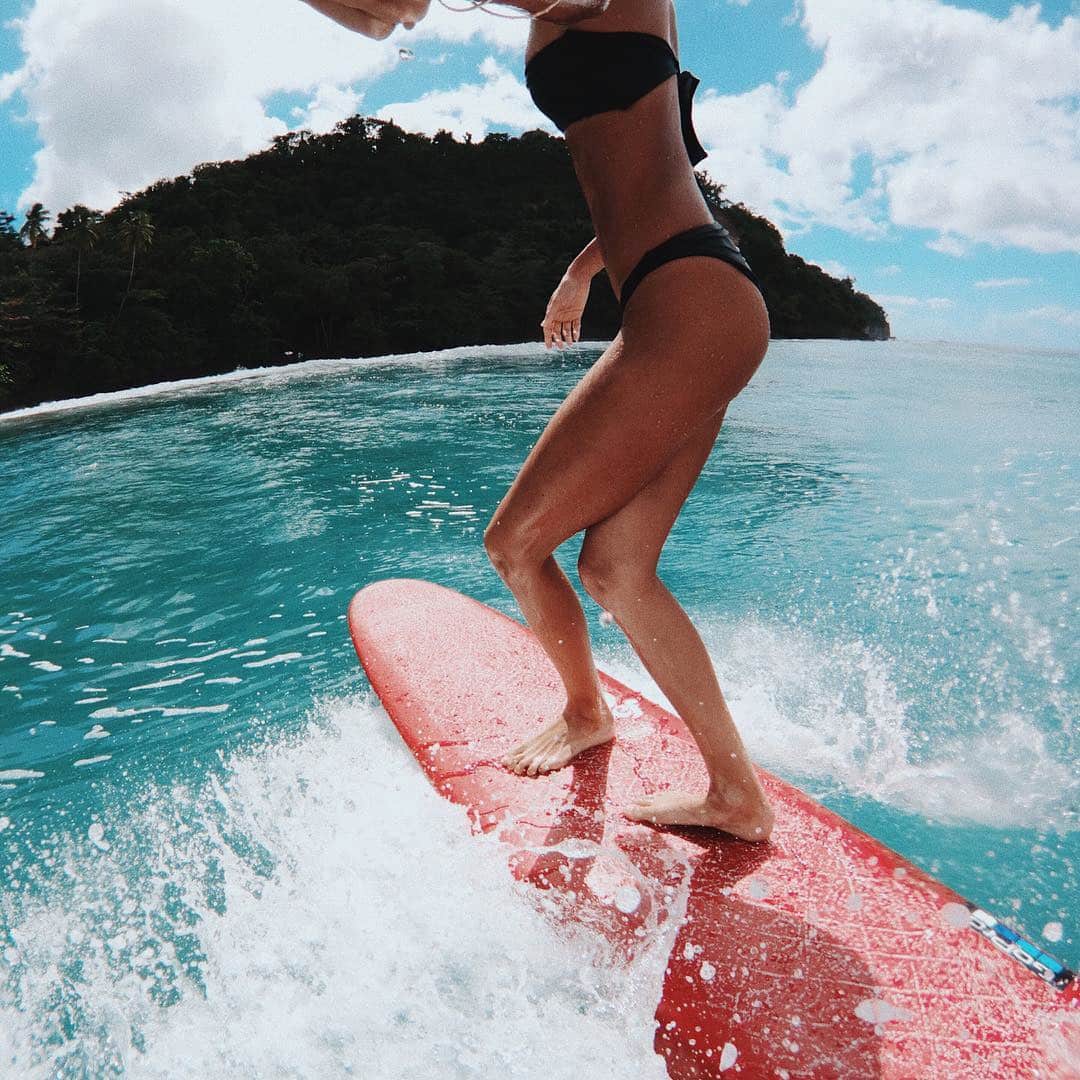
Photo: Victoria Vergara, Mexico
Longboarding is an elegant and graceful form of surfing. With so many women taking up the sport over our long, hot summer, here’s the lowdown on how to feel the glide.
Longboard v Shortboard
Like a lot of things in life surfboards come in many shapes and sizes, the two main ones are shortboard and longboard.
Although the basics are the same in terms of paddling out and popping up, once on the wave surfing, a longboard is a different style, flow and technique to a shortboard.
Shortboards are designed to be agile and quick and tend to be linked with a competitive and high-adrenaline style of surfing, bigger waves and fast movements.
Longboards are typically 9ft+ in length and the extra length and volume results in more buoyancy, which often means they’re easier to ride and balance on and provide a mellower ride on peeling, slow, long waves.
That said, it takes a while to really master the manoeuvres and nail the graceful lady slider image.
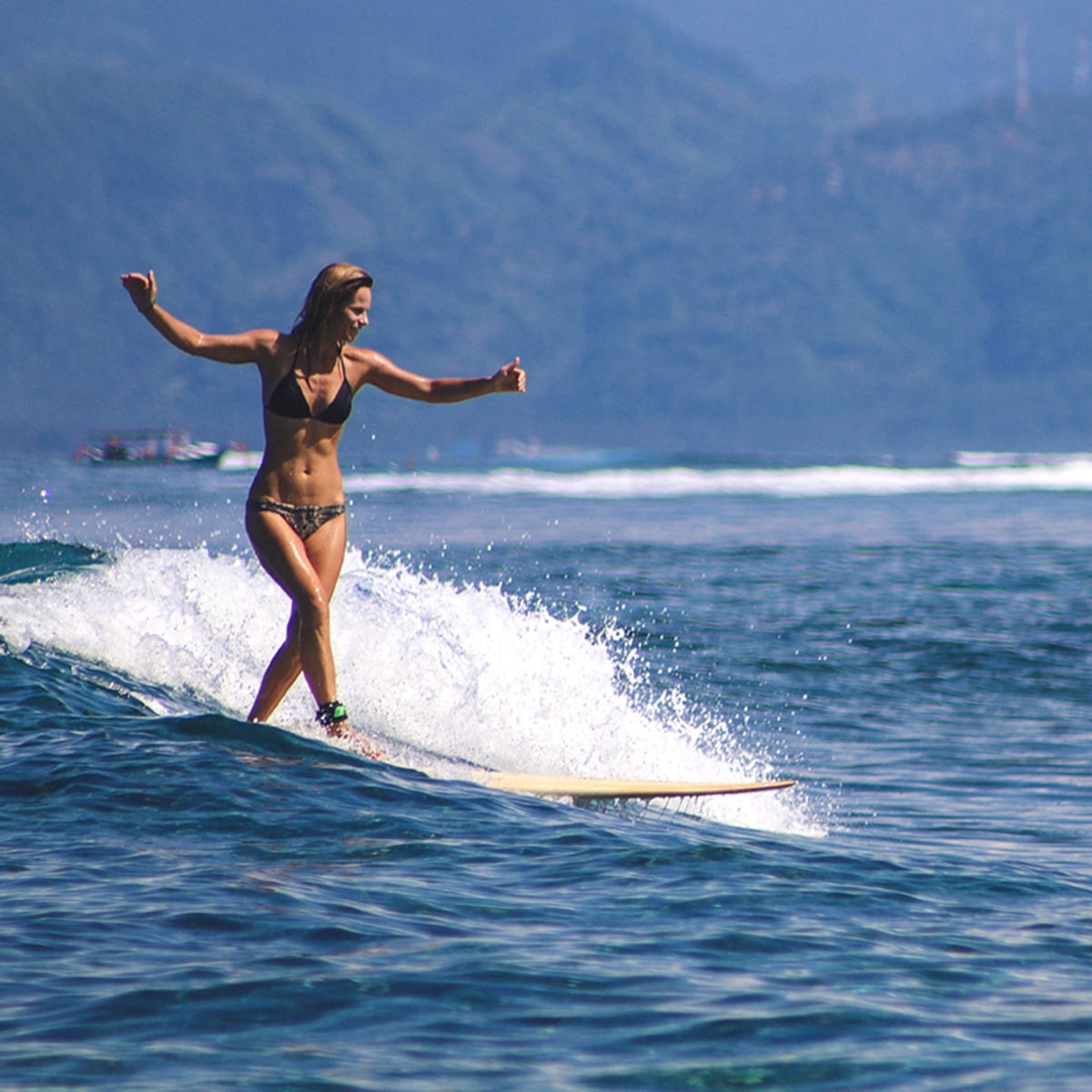
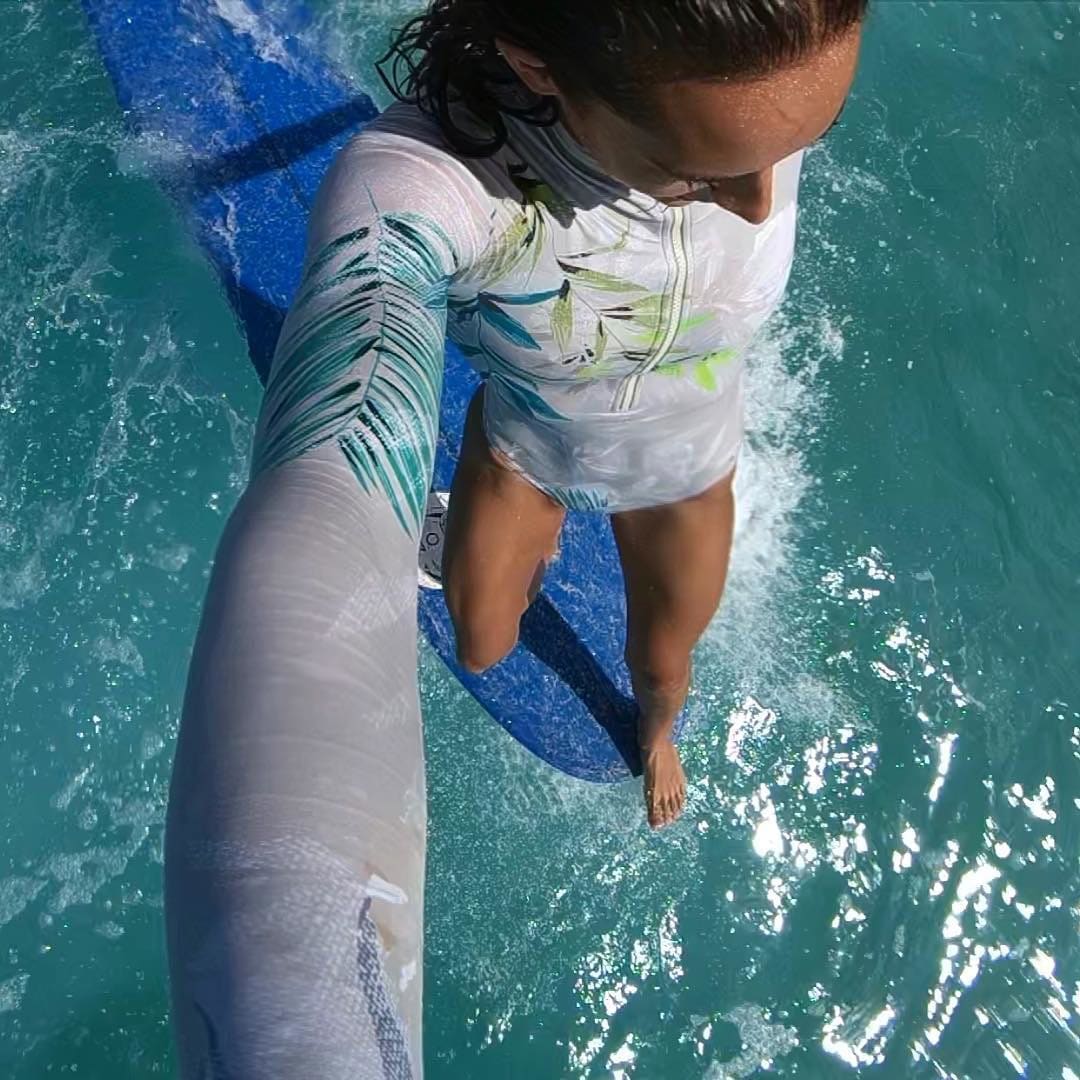
Photo: Honolua Blomfield
Longboard Lingo
Cross Stepping: Walking up and down a longboard, one foot over the other.
Hang Five: One foot on the nose of the board with five toes hanging off the edge.
Hang Ten: Both feet on the nose of the board with ten toes hanging off the edge. Also known as ‘toes on the nose’
Trim / Trimming: The perfect line on the wave face, allowing the surfer to cruise smoothly along.
Logger: A log is slang for a longboard and a logger is someone who rides a longboard.
Nose Dive: When a surfer’s weight is too far forward the nose goes underwater sending the surfer head-over-heals. This one is not specific to longboarding but the length of the board mean it is easier to nose dive when taking off.
Turtle Roll: A technique to get out past the breaking water where before a wave, the surfer flips the board over and hangs under until the wave passes. Also known as an Eskimo Roll.
Longboard Tips
Longboards aren’t all dreamy IG vids though. Longboards are heavier and bigger pieces of equipment so always wear a leash. Plus avoid crowded areas if you’re not feeling so confident, and be super aware of your surroundings if you do need to ditch the board if a bigger set comes in.
Plus make sure to share those waves as once you get the hang of things it can be tempting to paddle for every wave, leaving the shortboarders vexed. Avoid fast waves that close-out, you want to surf long, mellow waves that peel.
Whether cross stepping, nose riding or just cruising, a longboard-friendly peeler is pure fun. Mellow is the aim of the game and although a little jelly-leg may kick in, the longer the wave the better.
Feeling inspired? Here’s five of the longest longboard waves from around the globe…

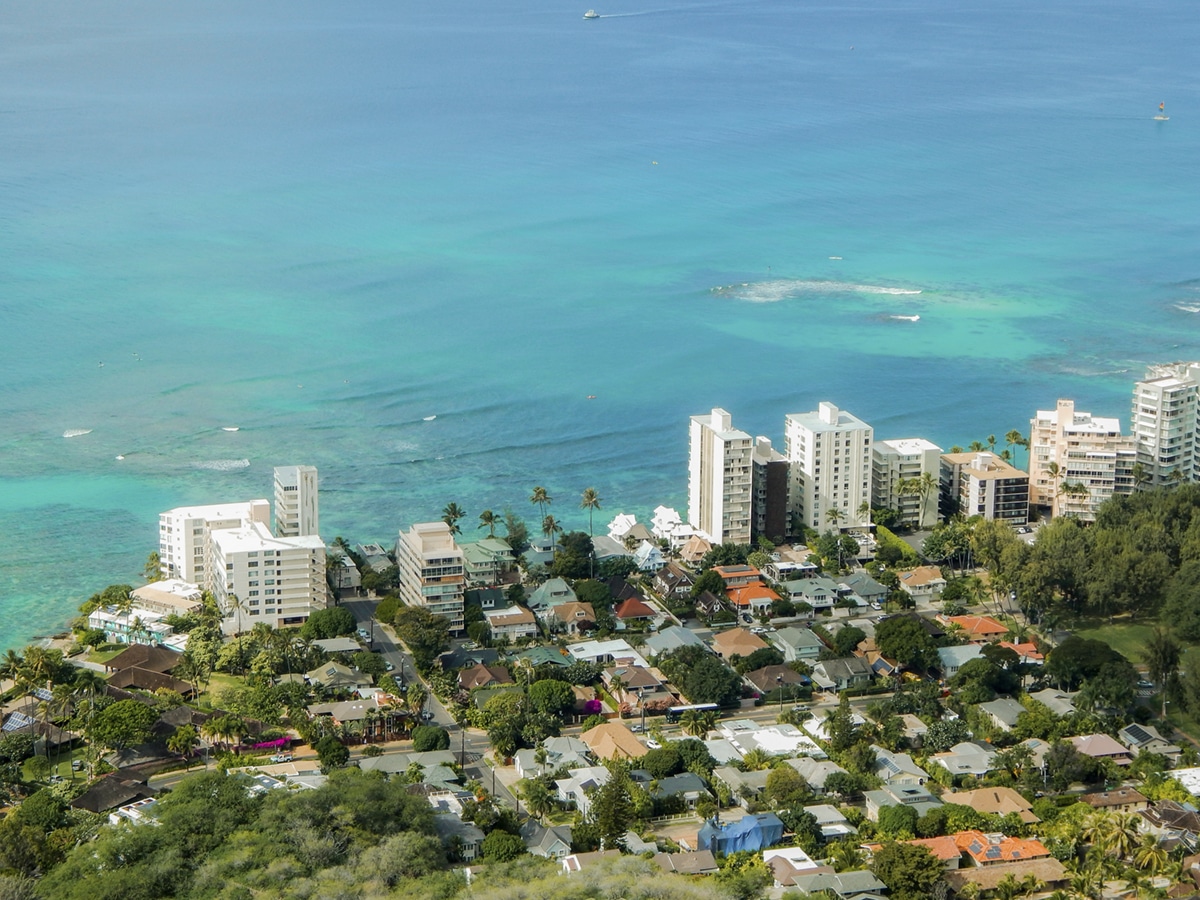
Known as the birthplace of surfing and once a surfing playground for Hawaiian royalty, Waikiki surf spots Queens and Canoes are renowned longboard waves. Although not the most challenging wave in Hawaii and often busy, this is a beautiful long wave.
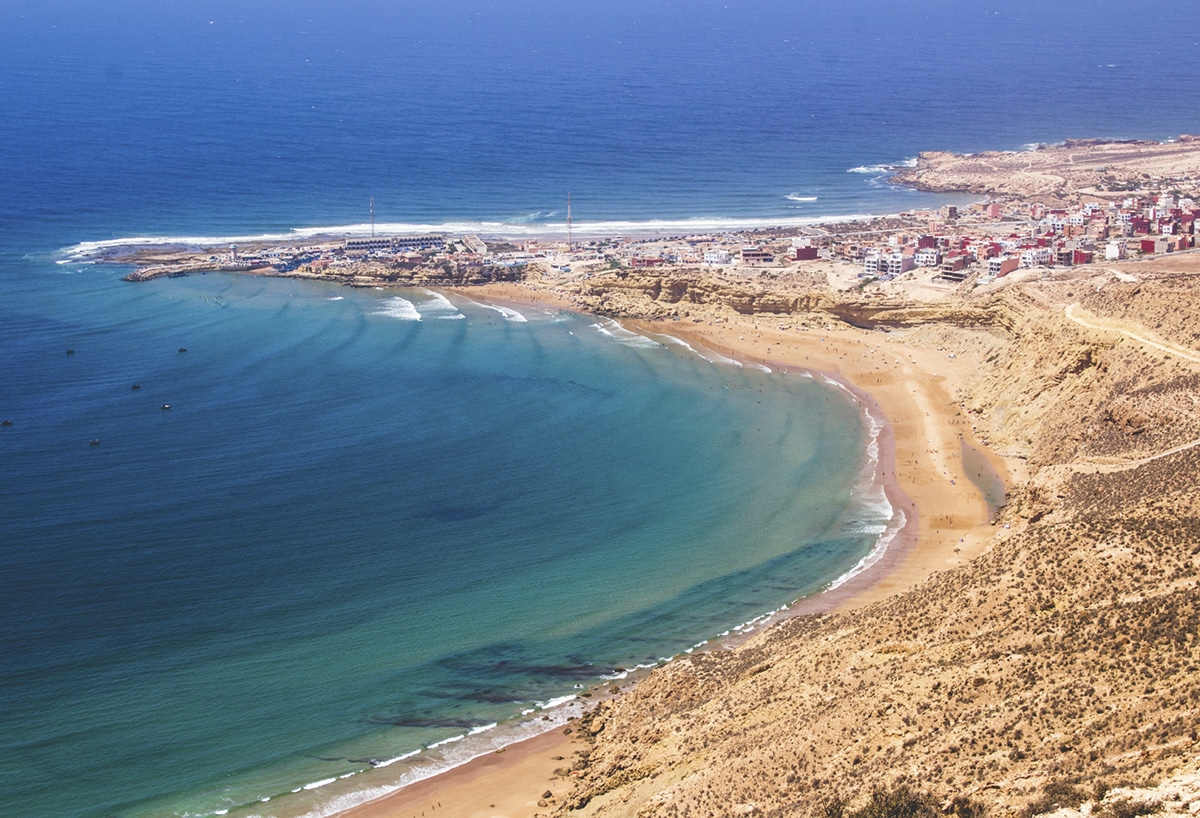
This little fishing village is home to the longest wave in Africa. Jump on at the port and if you’re lucky you can ride this right hander a massive 600m to the last beach below the mountains.
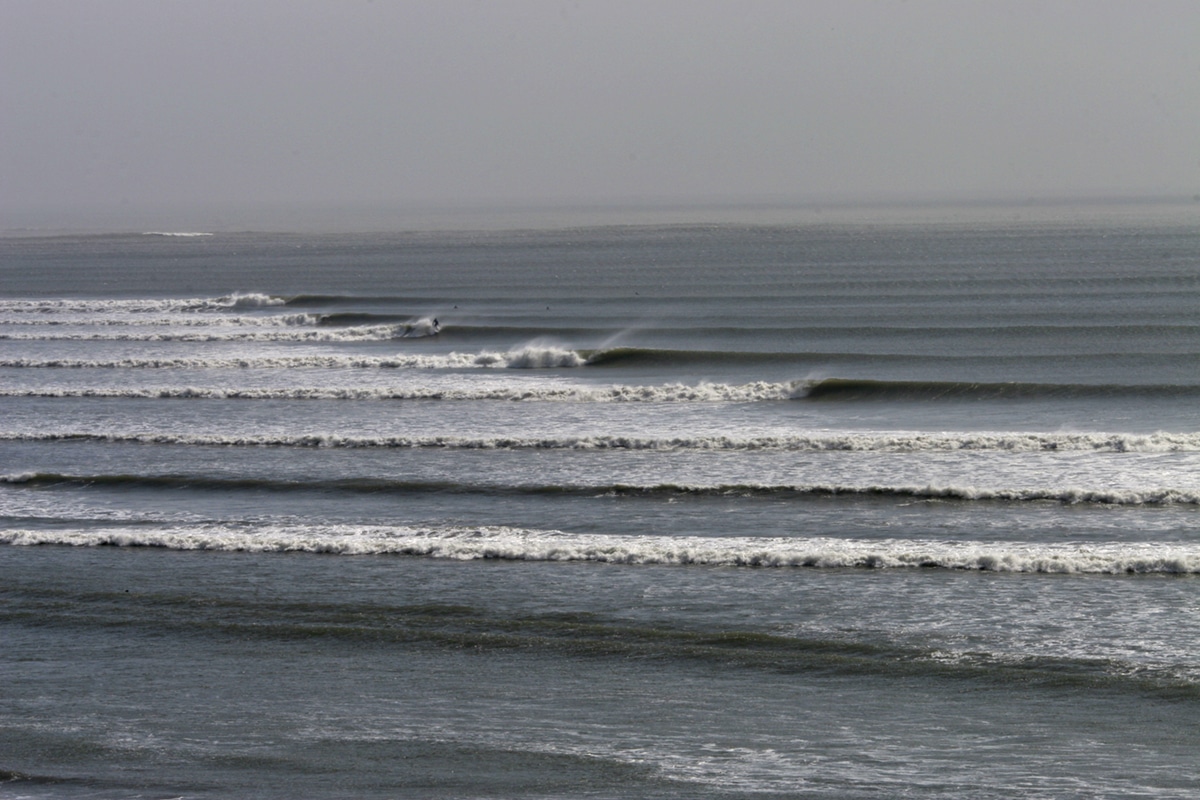
The longest left-hand point breaks in the world, this two and a half mile long stretch draws-in global surfers on the hunt for one long ride. Note bigger swells are required for all the points to link together and there’s a strong current so this one requires strong paddling arms.
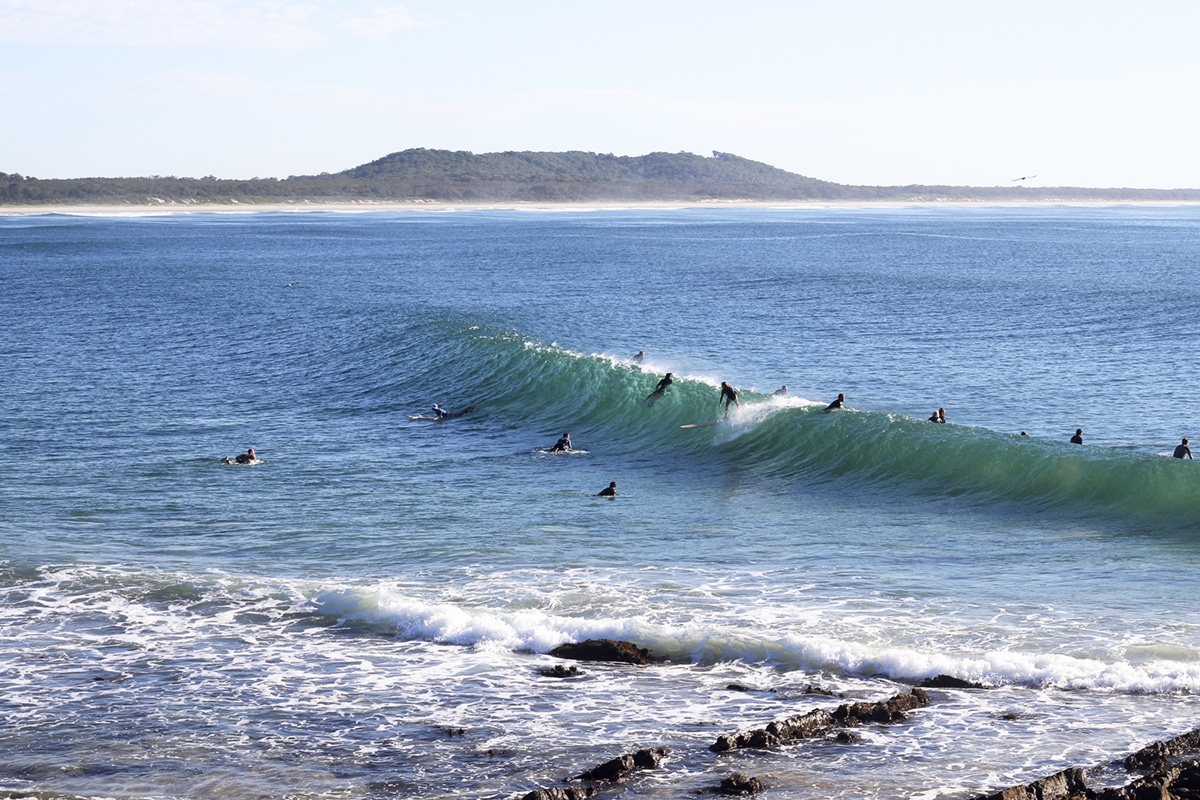
This classic longboard wave is revered by surfers from around the world for it’s mellow nose riding conditions. The area embraces the 1960s surfing spirit and in June 2008 the site was declared a National Surfing Reserve. Expect to spot a hang-ten or two here.
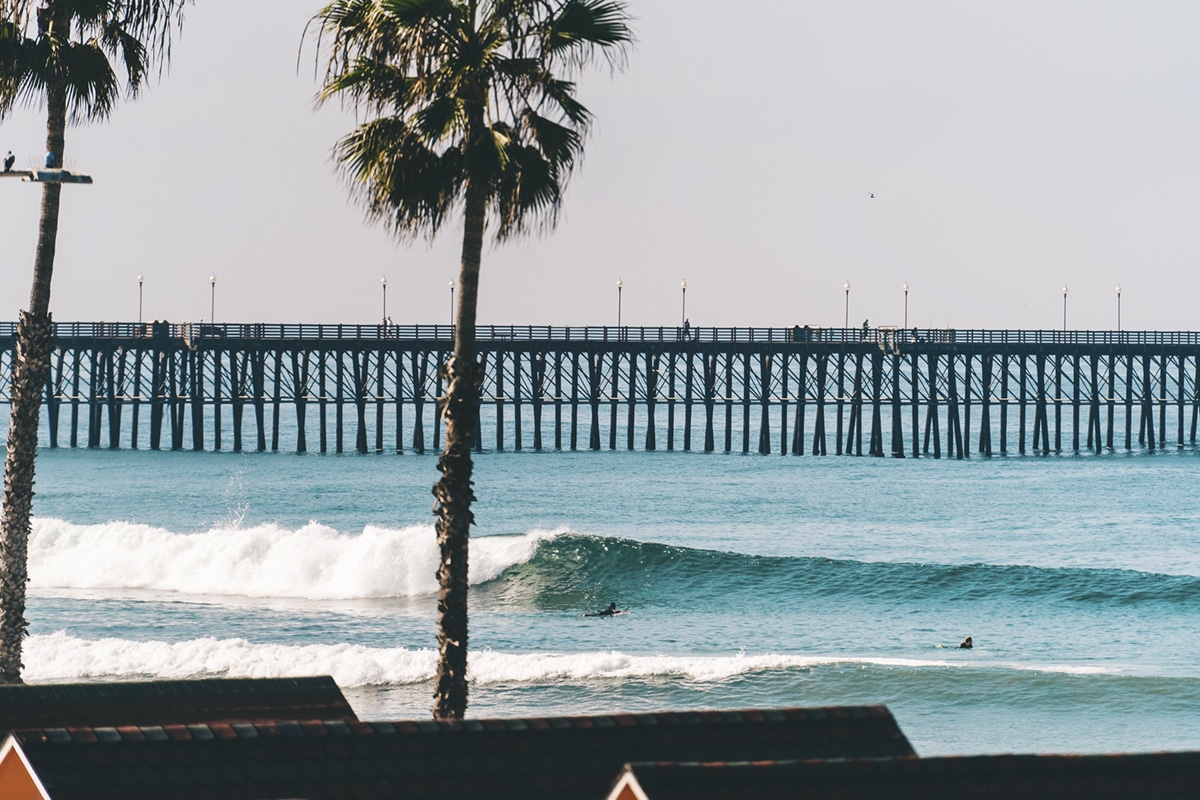
San Onofre, California
Long rides and easy takeoffs makes this iconic surf and beach spot a favourite for longboarders. There are three main breaks which offer long and mellow rights on a SW swell; The Point, Old Mans and Dogpatch.
For more surf tips head to SurfGirl Premium


